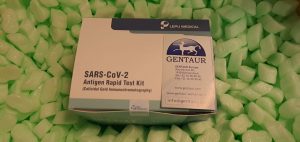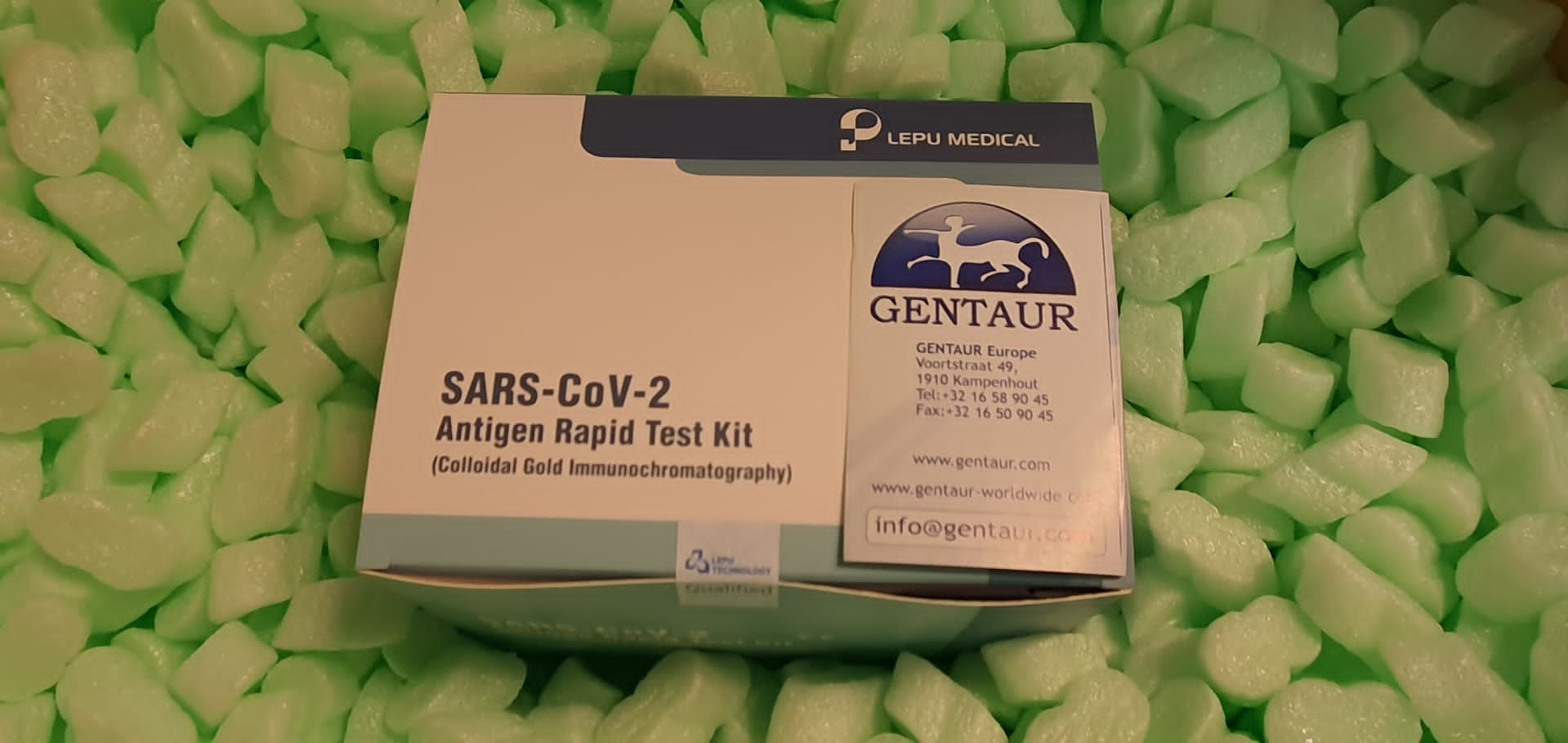The subclass of compounds which have the nucleus 1,4-naphthoquinone is the most various of the class of quinones, which have a big quantity of substances and a number of which have helpful purposes starting from medicinal chemistry to software in supplies with particular properties. The introduction of one or two substituents with the sulfur heteroatom in the naphthoquinone nucleus generates merchandise containing alkyl and aryl teams that amplify sure organic properties in opposition to micro organism, viruses and fungi. The inexperienced, purple, and brown algae have been proven to have helpful therapeutic properties in the prevention and therapy of neurodegenerative illnesses: Parkinson, Alzheimer’s, and Multiple Sclerosis, and different persistent illnesses.
There are a number of strategies of getting ready these compounds, primarily from low molecular weight naphthoquinones with two electrophilic websites succesful of reacting with sulfides producing variety and new lessons of compounds, together with new sulfur heterocycles and sulfur heterocycles fused with naphthoquinones. These compounds have been proven to be bioactive in opposition to a number of organic targets. This overview will describe the strategies of their synthesis and, when relevant, their organic actions.
Edible marine algae are wealthy in bioactive compounds and are, subsequently, a supply of bioavailable proteins, lengthy chain polysaccharides that behave as low-calorie soluble fibers, metabolically needed minerals, nutritional vitamins, polyunsaturated fatty acids, and antioxidants. Marine algae have been used primarily as gelling brokers and thickeners (phycocolloids) in meals and pharmaceutical industries in the final century, however latest analysis has revealed their potential as a supply of helpful compounds for the pharmaceutical, medical, and beauty industries. In this overview are listed and described the essential parts of an appropriate eating regimen for sufferers with these illnesses. In addition, compounds derived from macroalgae and their neurophysiological actions are described.
Antiviral and immunomodulatory exercise of curcumin: A case for prophylactic remedy for COVID-19
Coronavirus disease-19 (COVID-19), a devastating respiratory sickness brought on by SARS-associated coronavirus-2 (SARS-CoV-2), has already affected over 64 million folks and triggered 1.48 million deaths, simply 12 months from the first prognosis. COVID-19 sufferers develop critical issues, together with extreme pneumonia, acute respiratory misery syndrome (ARDS), and or multiorgan failure on account of exaggerated host immune response following an infection. Currently, medication that have been efficient in opposition to SARS-CoV are being repurposed for SARS-CoV-2. During this public well being emergency, meals nutraceuticals may very well be promising prophylactic therapeutics for COVID-19.
Curcumin, a bioactive compound in turmeric, exerts various pharmacological actions and is extensively utilized in meals and conventional medicines. This overview presents a number of strains of proof, which counsel curcumin as a promising prophylactic, therapeutic candidate for COVID-19. First, curcumin exerts antiviral exercise in opposition to many sorts of enveloped viruses, together with SARS-CoV-2, by a number of mechanisms: direct interplay with viral membrane proteins; disruption of the viral envelope; inhibition of viral proteases; induce host antiviral responses. Second, curcumin protects from deadly pneumonia and ARDS by way of focusing on NF-κB, inflammasome, IL-6 trans sign, and HMGB1 pathways.
Breast most cancers is the most frequent feminine most cancers and one of the main causes of most cancers demise in girls. There are many chemotherapy brokers accessible for the therapy of breast most cancers, however the present therapeutic choices haven’t fulfilled the desired outcomes particularly for the drug-resistant breast most cancers remedy. Thus, there may be an pressing must develop novel anti-breast most cancers brokers. Coumarin is ubiquitous in pure and artificial bioactive compounds, and coumarin derivatives are readily interacting with a range of enzymes and receptors in breast most cancers cells.
Moreover, the coumarin-based Irosustat as the first-generation steroid sulfatase inhibitor in breast most cancers is below scientific evaluations, revealing the potential of coumarin derivatives as novel anti-breast most cancers brokers. This overview goals to explain the latest growth of pure and artificial coumarin derivatives with anti-breast most cancers potential, protecting the articles printed from 2015 to 2020. Third, curcumin is protected and well-tolerated in each wholesome and diseased human topics. In conclusion, collected proof signifies that curcumin could also be a possible prophylactic therapeutic for COVID-19 in the clinic and public well being settings.


